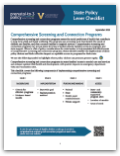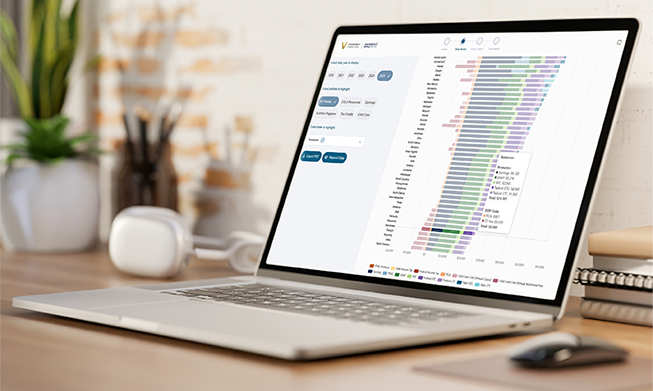Home visiting programs provide comprehensive support and education to expectant and new parents and/or primary caregivers in the home.
Though states may choose to target a variety of outcomes through evidence-based home visiting programs, such as child development and school readiness, child health, and family economic sufficiency, the research is most robust for programs that target positive parenting practices. The research is less consistent for other program outcomes and thus the considerations included in this checklist focus on evidence-based programs home visiting programs with the goal of improving parenting.
This checklist covers the following policy levers states may consider to help improve parenting through evidence-based home visiting programs:
- Program characteristics
- State investment
- Access and eligibility




